Microphones, if configured correctly, register a positive pressure wave as a positive voltage (transducer moves in.) Likewise, a positive speaker drive pushes a positive wave toward the audience (voice coil moves out.) More about that here: https://www.sweetwater.com/insync/polarity-does-it-really-matter/
With that out of the way, you’re good to go with the circuit as-is. Positive pressure wave is positive output. The details of whether the JFET inverts or not aren’t important (it does, kinda: the varying capacitance of the electret cell causes displacement current at the JFET gate.)
Note also that your sound card probably has a mic input that injects a bias (called phantom power) to power the electret capsule, so you only need two wires to the capsule. The load resistor and DC blocking cap that inject and isolate phantom power are already on the sound card. All the other discussion about sound polarity aside, you do need to ensure the correct polarity for phantom power, otherwise the mic won’t work at all.
So, what actually happens at the JFET gate?
The electret structure consists of a permanently-charged capacitor in series with a variable capacitor. The moving part can be either the electret or the opposing plate. Works the same either way: the assembly has a fixed charge \$Q = CV\$. It would be modeled as a fixed voltage source (the pre-charged electret) in series with the variable capacitor.
The capsule JFET, with nothing connected to the gate, will self-bias with the gate close to ground via the miniscule gate leakage. This puts the JFET in the conducting region, as the pinch-off (threshold) for a depletion-mode n-JFET is below the source / drain voltage (pinch-off will be about -1V for the popular 2SK170 device), but still below the forward diode conduction threshold of 700mV or so.
With the electret connected between JFET source and gate, the electret assembly will also bias to about 0V across it via JFET gate leakage. It would be the same as just connecting a capacitor from drain to gate.
Now, here's the magic. When a positive pressure sound wave hits the diaphragm, it will push the electret assembly's opposing capacitor plates together. You may recall that the closer the plates are to each other, the higher the capacitance. This can be expressed more formally as follows:
- \$ Q = CV = {\epsilon A \over d}V \$
where \$C\$ is the capacitance, \$V\$ the bias voltage, \$A\$ the plate area, \$\epsilon\$ is the dielectric constant, and - most relevant here - \$d\$ the separation of the plates.
What happens? Plates closer together, capacitance gets bigger, voltage decreases to maintain the constant charge. How?
See that equation above? The distance \$d\$ is in the denominator. Smaller \$d\$, bigger capacitance. Meanwhile, the electret's two terminals connected between the JFET source and gate are essentially open circuit. To maintain a constant charge Q across both the charged electret and the varying C, the voltage must change. So, the V becomes smaller.
The JFET gate-source voltage will see its voltage decrease with a positive-pressure impulse. Likewise, a negative pressure will pull the plates apart, and you will see an increase in gate voltage.
If you were to probe the gate with a special high-impedance probe you would see an inverted waveform vs. the instantaneous sound pressure impinging on the diaphragm. The JFET will invert this, producing a waveform that follows the sound pulse: positive pressure is more positive, negative pressure is less positive.
So the n-JFET buffered electret mic polarity is same as a dynamic mic: diaphragm moving in, positive-going voltage.
